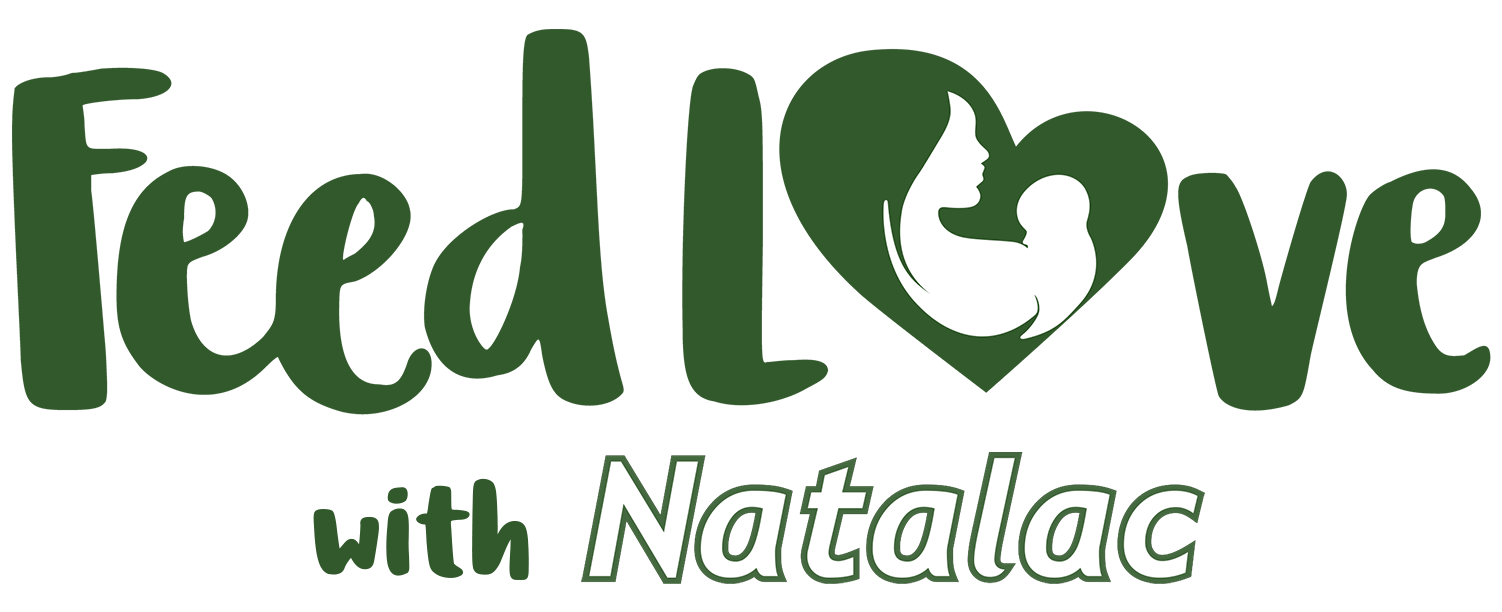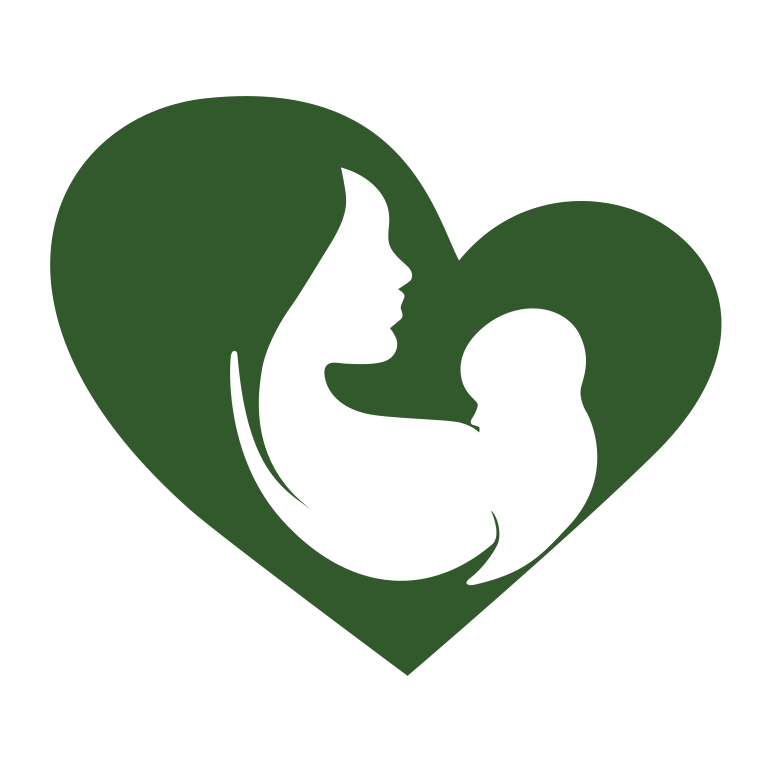Breastfeeding is a natural way to feed and provide nutrition for your baby. But it doesn’t always mean that it’s easy. Face it – most, if not all moms, have had their fair share of problems.

Here are some common breastfeeding problems and how to overcome them:
Sore, cracked, and wounded nipples
Improper latch and position often leads to sore, cracked, and wounded nipples. If your baby has a shallow latch, the tendency is your nipples absorb all the pressure from the suckles, unlike if positioned properly.
Prevention: Make sure that baby is latched on properly. If you feel that the latch is incorrect, use your fingers to break the latch and start over again.
Treatment: If you already have sore nipples, nurse from the less painful side first since babies tend to suck more vigorously at the beginning. After nursing, apply some fresh breast milk to your nipples and air dry them. Breastmilk contains a lot of anti-bacterial properties and can help soothe your wounded nipples.
Engorgement
During the first few weeks of nursing, it is normal for your breasts to feel heavy since your body is still trying to establish your milk supply. But if you feel so much discomfort and your breasts are rock-hard when touched, then you may be experiencing engorgement. This happens when there’s inadequate milk removal.
Prevention: Feed your baby round the clock! Don’t wait for your baby to cry out loud because she’s hungry. Be on the lookout for hunger cues – like rooting. Don’t skip feedings, and make sure that baby is positioned properly to effectively drain the milk from your breast.
Treatment: If you are still feeling full after nursing, you can express your milk in between feedings. You may also use compresses – warm compress while feeding, and follow with cold compress right after.
Mastitis
Mastitis is a breast inflammation that affects any mom within the first six months of nursing. It is caused by bacteria that entered the breast through a wound. Going for long periods of time without breastfeeding or expressing milk can also lead to mastitis. It usually starts as a painful part in the breast, followed by chills or fever, and body aches. It can also lead to breast abscess if left untreated.
Prevention: Feed your baby as often as you can. Don’t skip feedings! Also check your nipples for any open wounds, and attend to it immediately.
Treatment: Antibiotics usually help in addressing mastitis. Consult your doctor immediately.
Thrush
Thrush (Yeast Infection) is a common and harmless yeast infection from a baby’s mouth that can infect your nipples when breastfeeding. Yeast is part of the digestive system. Unfortunately, an infection occurs if there’s overgrowth. Itchy, pink, red, shiny, or burning nipples, and shooting pain while nursing are all telltale signs of a yeast infection.
Prevention: Check your baby’s mouth for any signs of thrush. If you can see white spots that resemble cottage cheese, chances are there is yeast infection.
Treatment: Contact your pediatrician to treat baby’s thrush. For the breast pain, ask your doctor for ibuprofen medicines that can be taken by lactating moms.
If you are going through any nursing issue, don’t panic! These are very common especially during the early days of breastfeeding. Just relax and enjoy this special journey between you and your baby.

